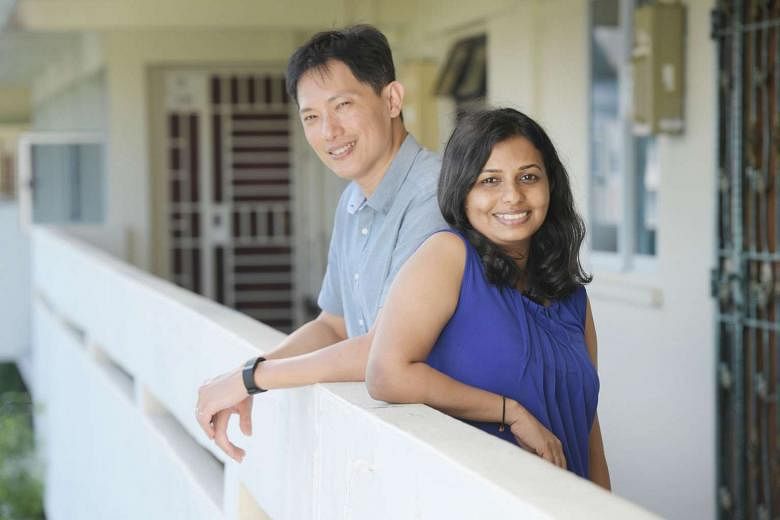On the surface, retired carpenter Tan Keow Eng's daily routine is one to be envied.
The 85-year-old goes to bed past midnight and when he is up again at 11am, spends the day listening to music, watching television or reading the newspaper.
But the Marine Parade resident has little contact with anyone and suffers an ailment common with the elderly living alone - social isolation.
His weakened legs mean anything more than a five-minute walk to the nearby senior activity centre or coffeeshop is difficult.
Such a lifestyle puts seniors who live alone like Mr Tan at risk of becoming socially and emotionally isolated, a study by Singapore Management University (SMU) researchers has found. Social isolation refers to a complete or near-complete lack of contact between an individual and society. And although such individuals might have a social network, they remain emotionally detached from loved ones and friends.
Said Dr Nadee Goonawardene, a research fellow from the SMU-TCS iCity Lab who led the study which is part of the SHINESeniors project: "Social isolation puts them at risk of developing depression and could affect their sleep quality, cognition level and ability to perform their daily activities."
The study started in March last year, with the team tracking 46 seniors, aged 61 to 93, who live alone in Marine Parade.
Seven seniors, including Mr Tan, showed signs of being isolated socially and emotionally.
The study found that they spent two hours more at home and close to three hours more in the living room each day than the rest in the group. They also napped one hour more on average.
Researchers tracked the behaviour of the seniors using sensors installed in their homes, including the living room and on the front door, for a year. The researchers also visited the seniors weekly to learn about their daily lives, and probed them on their level of social and emotional loneliness at the start and end of the study.
The observations were given to the study's collaborator, charity Montfort Care, as part of the SHINESeniors project. The charity runs a senior activity centre Goodlife! in Marine Parade.
With the insights, social workers can identify those who need help and introduce more targeted programmes, said Associate Professor Tan Hwee Pink, academic director of the SMU-TCS iCity Lab.
Goodlife! social workers and volunteers have since been speaking to the seven seniors and encouraging them to join centre- based activities.
The SMU team also started two new studies earlier this year to identify behaviour linked to depression and frailty among the same 46 seniors.

